At 6ft 4½in tall, Satyajit Ray was head and shoulders above his countrymen. His height was unheard of among Bengalis, ‘a low-lying people in a low-lying land’, as the colonial saying went. With his stature, jawline and baritone voice, he might have been a Bollywood hero. Instead, he chose to tower over the world of art-house cinema, a directorial giant among the likes of Bergman, Kurosawa and Fellini, alongside whom he is credited with inducting cinema into the temple of high culture.
His standing was secured with his first film, Pather Panchali, which premièred at New York’s Museum of Modern Art in 1955. India then only churned out musicals which, as Ray later put it, ‘present a synthetic, non-existent society’. He spearheaded a new school of Indian cinema that was self-consciously artistic and realist. The acclaim was rapturous. Pather Panchali and its sequels in the Apu trilogy between them won top prizes at Cannes, Berlin and Venice, and now rank among the greatest movies of all time. Restored versions will soon be screened at a BFI retrospective. But where did they come from?
To say ‘India’ does no justice to their origins. Ray was born in Calcutta – the second city of the British Empire – in 1921, and was steeped in the Bengal Renaissance spawned there by the arrival of western ideas. Its leading light – and Ray’s foremost influence – was Rabindranath Tagore, the poet who in 1912 became the first non-white Nobel laureate. But Ray was the true capstone of the renaissance. Where Tagore was a traditional oriental sage, Ray made his art out of – in his words – ‘one of the greatest inventions of the West with the most far-reaching artistic potential’.
The Bengal Renaissance was powered by renaissance men. Tagore was a composer, painter and playwright, too. But the talents mastered by the Ray family were more distinctively modern. They had once been Sanskrit scholars, but Ray’s grandfather Upendrakishore Ray Chowdhury began the family tradition of experimenting with art and technology. As well as being a writer, Upendrakishore ran a printing press specialising in illustrations, inventing various techniques and writing about them in scientific journals. Ray’s father, Sukumar Ray, studied printmaking and photography in London, before becoming a celebrated poet.
So Satyajit Ray was a third-generation renaissance man, his talent synthesised out of his forebears. Growing up at the family printing press, smelling of turpentine and surrounded by ink and woodblocks, would leave a strong impression on him. After a degree in physics and economics from Calcutta University, Ray studied modern painting, Japanese calligraphy and western classical music at Santiniketan, Tagore’s utopian university. He got a job in advertising as an art director, as well as designing book jackets and prize-winning typefaces on the side.
All the while, movies were flickering in his mind. During the war, GIs would take Ray out to watch Hollywood films at their base. A first experience of filmmaking came soon after, when Renoir was in Bengal to shoot The River. Having befriended the master of ‘poetic realism’ (a term later applied to his own films), Ray scouted for locations. Then, on a business trip to London, he saw Bicycle Thieves and, as he said years later, it ‘gored’ him: ‘I came out of the theatre my mind firmly made up. I would become a filmmaker.’
Ray had been illustrating an edition of Pather Panchali, a classic Bengali coming-of-age novel about Apu, the free-spirited son of a poor village playwright who wants to get an education and, eventually, become a novelist. More broadly, it’s about transitioning from a traditional rural society to a modern, industrial one. It was perfect for Ray to adapt, because for him it also reflected the artistic transition that had been generations in the making for the Rays, from village Pandits with their Sanskrit scrolls to the pinnacle of modern culture, the motion picture.
The scene that viewers never forget from the film Ray made of Pather Panchali is that of Apu running through a field of sugarcane to catch his first glimpse of a steam train in the distance. It’s the modern world cutting through village India, the India that would one day be swept away beneath a cloud of engine smoke. With all its forceful motion, that iconic scene – that moment in history – could only be captured with the newly fashioned movie camera.
Otherwise there is really no better description of the ineffable experience of watching – and listening to – the Apu films than Ray’s account of learning on the job while filming it:
You had to find out yourself how to catch the hushed stillness of dusk in a Bengali village, when the wind drops and turns the ponds into sheets of glass dappled by the leaves of the trees, and the smoke from ovens settles in wispy trails over the landscape, and the plaintive blows on conch shells from homes far and wide are joined by the chorus of crickets, which rises as the light falls, until all one sees are the stars in the sky, and the stars blink and swirl in the thickets.
The film’s lyrical envisioning of nature comes directly from Tagore, who once wrote a poem for the young Ray, imploring him, despite all his urbane experience, never to ‘forget the dew drop glistening on the ear of the corn’.
Over the course of his 37 films, Ray acquired the most complete mastery of filmmaking of any director. Just as his father and grandfather not only wrote their books, but also did the illustrations, typesetting, printing and binding, Ray crafted his films’ every element. He didn’t just direct, he’d operate the camera himself. He wrote the screenplays, often based on his own short stories and novels. He did the editing, designed all sets, costumes and posters, scouted locations, sourced props, composed scores, wrote songs, cast actors, even did the make-up.
This was partly a budgetary necessity since, strictly speaking, Ray was an amateur filmmaker – non-professional, like the cast of Pather Panchali – because his films rarely more than broke even. Typically, he made more money composing scores for other films than from directing his own. He earned his living by writing mystery novels, translating Lewis Carroll, and from publishing the children’s magazine that Upendrakishore had founded.
The Indian government neglected him. It’s true that when Pather Panchali, a self-funded film, ran aground, the state stepped in with completion funding. It came out of the infrastructure budget because it was assumed the film – which means ‘Song of the Little Road’ – had something to do with road-building works. Generally, though, the ruling class ignored him, embarrassed by what they felt was Ray’s unpatriotic depiction of India as backward and impoverished. Ray, a consummate aesthete, portrayed the world as he saw it, not as the ideologues of the day wished it to be.
Greater recognition came from abroad. The President of France flew to Calcutta to present Ray with the Légion d’honneur. Oxford University gave him an honorary doctorate, the first for a filmmaker since Chaplin. Finally, Audrey Hepburn put on a sari (and, bizarrely, an Indian accent) to give Ray the Academy Award he deserved. Watching Ray give his acceptance speech for that Oscar – for lifetime achievement – from his hospital bed has a dramatic irony as moving as any scene from his movies, because we know that three weeks later, he would be dead.
That so many, east and west, admire Ray’s films should end the age-old debate about whether non-Bengalis can appreciate them. No art form has transcended more borders, and touched more hearts, than cinema. At a time when left and right alike stress cultural boundaries, this retrospective reminds one that a truly great film ‘leaves its regional moorings and rises to a plane of universal gestures and universal emotions’. They’re Ray’s words, and he lived them.
Got something to add? Join the discussion and comment below.
Get 10 issues for just $10
Subscribe to The Spectator Australia today for the next 10 magazine issues, plus full online access, for just $10.
Satyajit Ray: The Language of Film is at the BFI from 1 July until 31 August.
You might disagree with half of it, but you’ll enjoy reading all of it. Try your first month for free, then just $2 a week for the remainder of your first year.

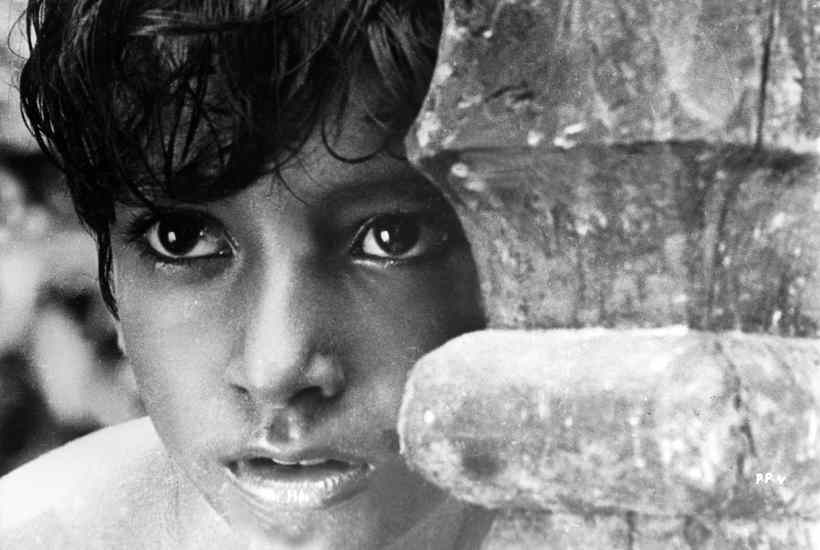
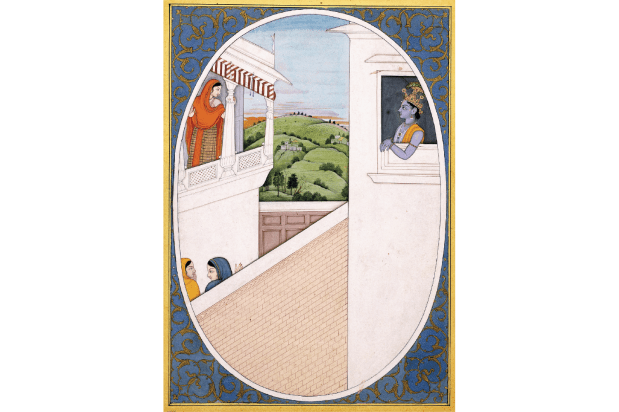

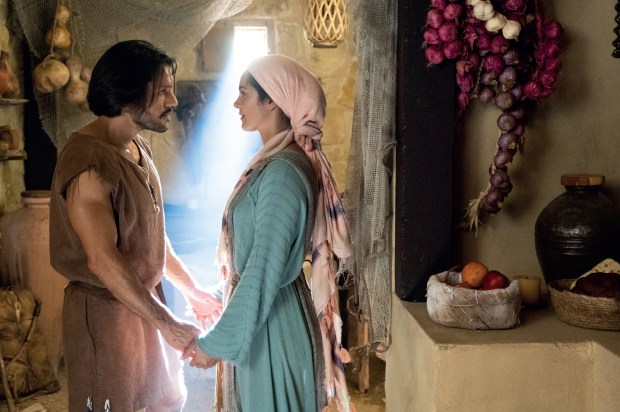
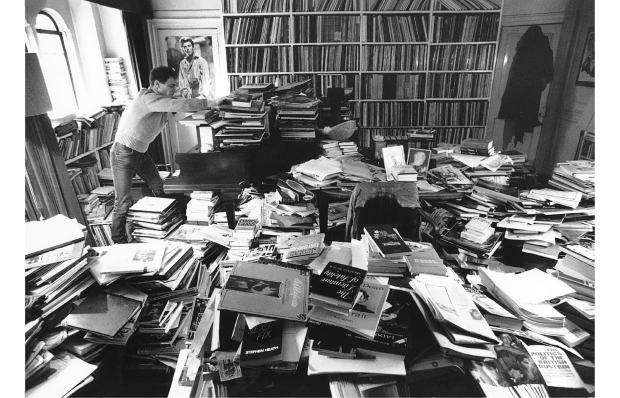
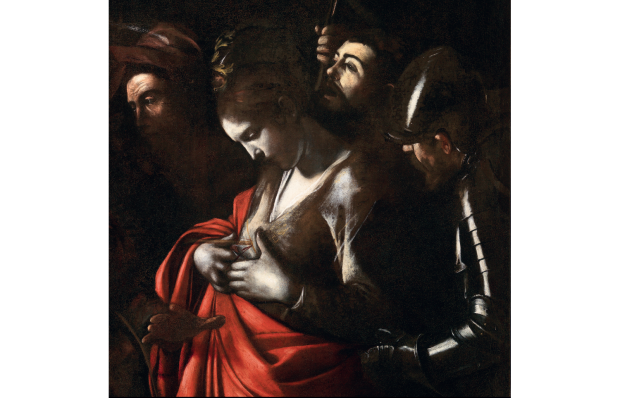
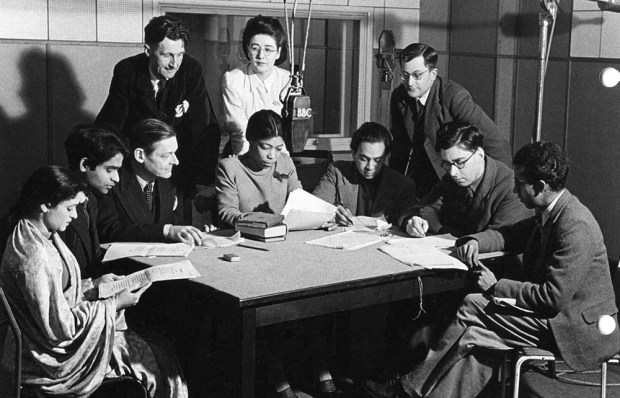






Comments
Don't miss out
Join the conversation with other Spectator Australia readers. Subscribe to leave a comment.
SUBSCRIBEAlready a subscriber? Log in